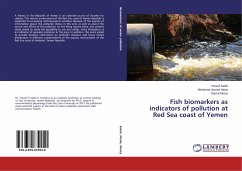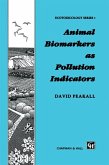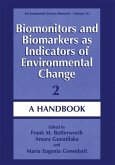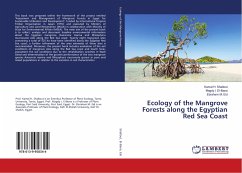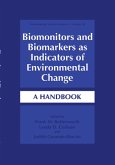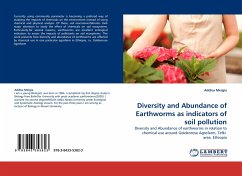A fishery in the Republic of Yemen is an essential source of income for citizens. The marine environment of the Red Sea coast of Yemen Republic is subjected to increasing anthropogenic activities. Because of the scarcity of information about the pollution status in this area as well as about the source and effect of this pollution on the living marine biota, the present study aimed to study the possibility to use sea catfish, Arius thalassinus as an indicator of seawater pollution in this area. In addition, this work aimed to provide baseline information on pollution situation and heavy metals distribution in different compartments of the aquatic environment of the Red Sea coast of Hodeida, Yemen Republic.
Bitte wählen Sie Ihr Anliegen aus.
Rechnungen
Retourenschein anfordern
Bestellstatus
Storno

